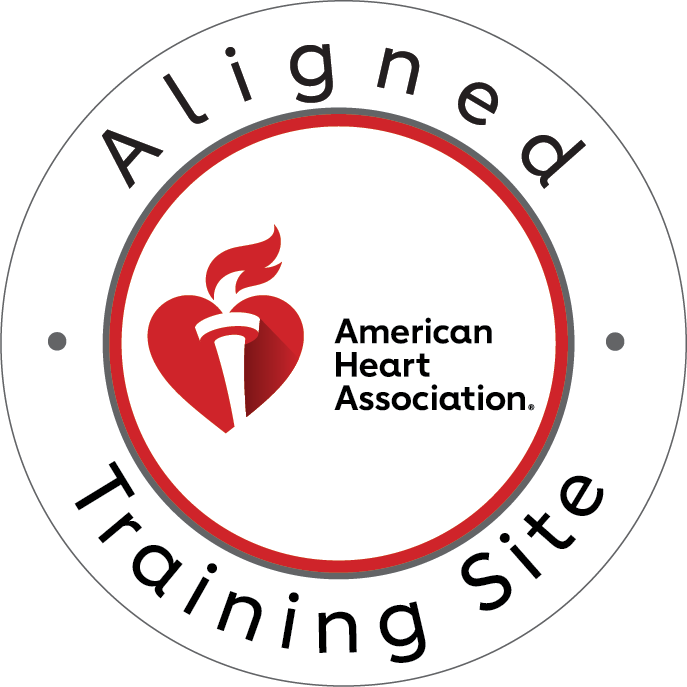Sexual intercourse, a bed time activity (but not specifically limited to a bed) usually involving a man and a woman includes many pleasures between both parties. Just about everyone on the entire planet has sex at least once. Although sexual intercourse is quite tempting, there are dangers that come with this pleasurable activity. The biggest concern that pops into people’s minds is the threat of an STD (sexually transmitted disease). Numerous amounts of STD’s exist in the world today. One such STD is spread by contact with open sores, which can also include rashes, brain damage, and nervous system damage. This sexually transmitted disease is known as syphilis. Syphilis includes many different stages if not treated, but luckily if treated, it can be cured.
Syphilis is an infection transmitted through sex by a bacterium known as Treponema pallidum. The initial symptom (first stage) of this disease is a painless sore called a chancre that can develop on the penis, vagina, anus, and the mouth (Singh, 2011). Since syphilis deals with open and visible sores, the highest possibility of a person catching syphilis is when they come in contact with someone who has these symptoms. Note that even though a sore is closed or invisible, there is still a good possibility of catching this STD. During the first stage of syphilis, sores will usually appear anywhere from 10 to 90 days, but are most likely to appear the first 21 days (Syphilis – CDC, 2012). Wherever the sore is on the body, was the location that the Treponema pallidum bacteria had entered. The sores are usually round and painless. With this in mind, the sore can easily go unnoticed and whether or not it is treated, the sore does end up healing 3 to 6 weeks later (Syphilis – CDC, 2012). However, even though the sore disappears, if not treated, syphilis will advance to the second stage.
The secondary stage consists of a rash that appears 2 to 8 weeks of the chancre developing. This stage can develop before the first stage symptoms disappear. The rash can appear all throughout the body including the hands and the feet. During this time, the person is highly contagious (Singh, 2011). The rashes that appear are usually rough, red, or reddish brown spots. However, they can also look like rashes caused by other diseases (Syphilis – CDC, 2012). During the second stage is when syphilis spreads throughout the entire body. This can result in a fever, sore throat, weight loss, hair loss, swelling of the lymph nodes, and nervous system problems (Singh, 2011). After the secondary stage, comes the latent (hidden) and tertiary stages, which occur after the rashes heal up.
During the latent stage, all symptoms of the disease disappear. The infection still remains inside the body though. The infection is very quiet and the risk of infecting another person is very low, and sometimes not even present (Syphilis, 2010). This stage lasts anywhere from 1 year to 20 years before it develops into the tertiary stage. The tertiary stage is the last stage of syphilis. It is the most dangerous and destructive stage. This stage can begin as early as one year after the infection was first acquired. However, there are possibilities that a person never reaches this stage of the illness (Singh, 2011). The reasons this stage is the most dangerous is because there are many symptoms which are quite extreme and even deadly. Symptoms of the late stage can include things such as numbness, paralysis, blindness, dementia, and internal organ damage (brain, nerves, eyes, heart, liver, etc.). The damage caused to these organs can result in death if left untreated (Syphilis – CDC, 2012). Fortunately medicinal science does have the cure for syphilis.
Once a person figures out that they have syphilis (by getting tested for any STD), it is easily treated and even cured. Syphilis is treated by penicillin in its early stages. Since the disease is caused by a bacteria and not a virus, it can be fully destroyed. The way treatment works in the early stages is by injecting penicillin into the muscle. Penicillin works by blocking the cell walls of the bacteria so that it cannot form a cross-link for reproduction. If a person is allergic to penicillin, there are other alternative ways to cure the disease (Syphilis, 2010). In the later stages of syphilis, penicillin is still the drug being used to help treat and cure the disease. However, it is usually taken in larger doses but the damage that was done by the disease cannot be undone. So if the liver was damaged, that liver will stay damaged. It is recommended that the person being treated for any STD abstain from sexual intercourse until completely healed.
Syphilis, an STD acquired through sexual intercourse just like any other sexually transmitted disease affects the person in many different ways. There are four stages of this disease. The first stage starts off with a simple sore, which escalates into the secondary stage consisting of rashes all throughout the body. The third stage is the “hidden” stage in which the symptoms have disappeared, yet the infection is still present. The fourth and final stage is the most dangerous stage, where internal organs and the nervous system can be permanently damaged. Although all of these stages seem to be quite serious, if caught early, syphilis can easily be treated and cured with antibiotics.
Works Cited
Singh, D. (2011, September 29). Syphilis. Retrieved from www.webmd.com/sexual- conditions/tc/syphilis-topic-overview?page=1
Syphilis. (2010, December 17). Retrieved from www.niaid.nih.gov/topics/syphilis/understanding/Pages/symptoms.aspx
Syphilis – cdc fact sheet. (2012, September 04). Retrieved from www.cdc.gov/std/syphilis/stdfact-syphilis.htm
See Herpes





